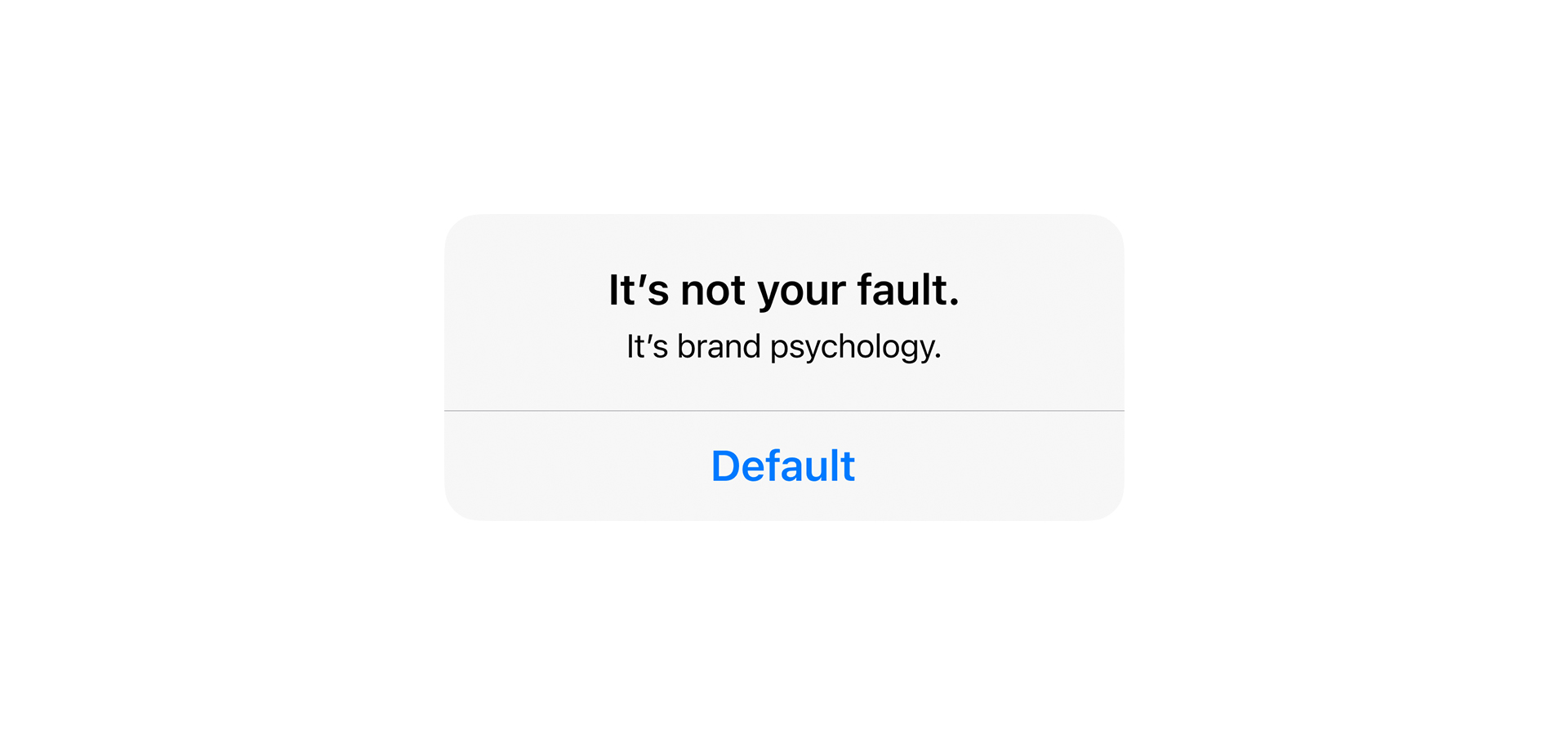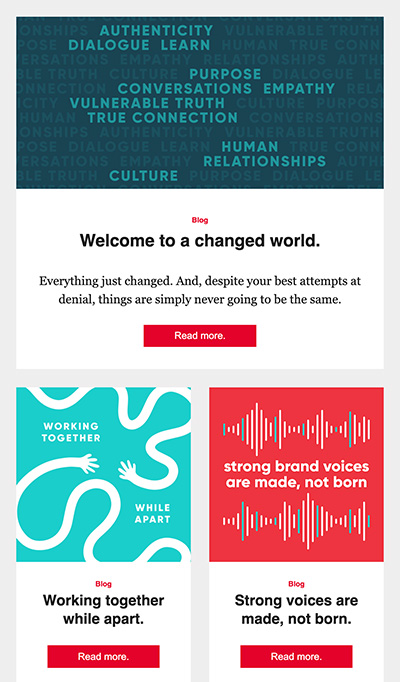It’s not your fault. It’s brand psychology.
Default bias is powerful. If used properly, it can help us influence behavior in a way that positively impacts both consumer and brand.

Key Takeaways
- Research shows that pre-selected options can drive purchase behavior, like highlighting a preferred product option.
- We use color and layout to emphasize primary CTAs that steer users toward desired choices.
- Framing options (like charity donations) as default opt-ins can significantly boost engagement.
As marketers, we aim to influence consumer behavior. To do this effectively, we must first understand how people think. Default bias describes the human tendency to favor the default, assumed option when making a decision. Even when the alternative options may be stronger, we lean heavily on the provided reference point.
In a 2012 PNAS study, 160 people were told to imagine they’d just moved to a new state. Half were given the default option of opting in to becoming an organ donor, while half were given the default option of opting out. Those presented with the default option of opting in were nearly twice as likely to become an organ donor (82%) as those presented with the default option of opting out (42%). By simply presenting the default option of opting in to becoming an organ donor, states can significantly increase participation.
This cognitive bias has long-ranging applications to our work as marketers. We review a few of these applications below:
E-commerce Product Options
When developing an e-commerce experience with varied options for each product, you can influence consumer behavior with the pre-selected option. For instance, let’s say you’re selling wine and offer the following options:
- Single bottle
- Three-pack
- Case
While you could default to the first option in all instances, you could instead highlight the three-pack option in order to provide what you believe is the best option for the consumer (variety, balance with shipping costs) and to influence sales expectations. While you could highlight the case option, you may be pushing the consumer too far and risk coming across as purely sales-driven.
Website Calls to Action
When presenting multiple call-to-action (CTA) buttons, use visual hierarchy to guide choice. For example, apply a bold color fill to the most common or beneficial option while keeping secondary options more muted. This helps ensure users naturally follow the path that aligns with not only their needs, but also your goals.
Checkout Opt-In
If, as part of your checkout experience, you offer the option for customers to donate to a chosen charity, you can frame this as an option to opt in rather than an option to opt out. As observed with the organ donor study, presenting the “yes” option as the default often leads to higher engagement.
Default bias is powerful. If used properly, it can help us influence behavior in a way that positively impacts both consumer and brand.


